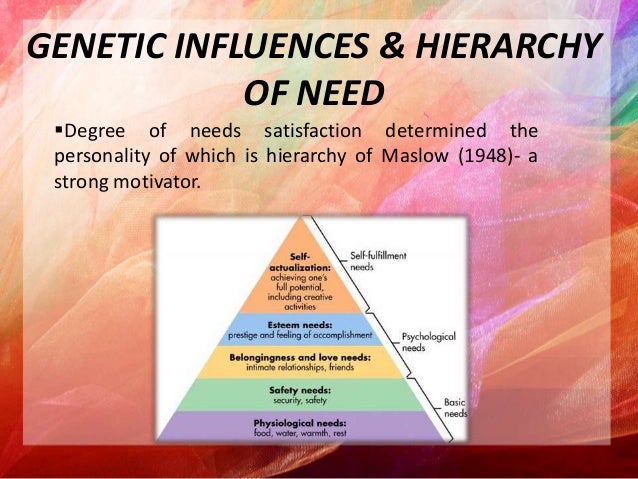- Anne Roe Career Development Theory
- Anne Roe Career Development Theory Pdf Creator Download
- Anne Roe Career Development Theory Pdf Creator Online
This timeline shows how career theories have evolved over time.
Early 1900s
Theory: Person-environment fit, trait factor
- This theory, developed by Linda Gottfredson in 1981, attempts to describe how career choice develops in young people. Many developmental theories focus on how an individual’s self concept develops with age. Circumscription and Compromise also focuses on the development of an individual’s view of the occupational choices available.
- Ann Roe's theory is the most deterministic approach. Roe believed that the type of parenting one receives influences the career choice of child - innate tendencies and expression of needs. Career choices gratify one's needs. Children whose parents provide a warm, accepting, and protected environment choose person-oriented occupations.
Names: Parsons, Williamson, Holland
Roe’s Theory of Personality Development and Career Choice Anne Roe (1904—1991) was born and raised in Denver, Colorado. Upon graduating from the University of Denver, she attended Columbia University, following the recommendation of Thomas Garth. Ann Roe's Theory 'Roe believed that the type of parenting one receives influences the choice of child-innate tendencies and expression of needs.' Due to my parent's warm, accepting, and protected environment my choice of career was a person-oriented occupation. My desire is to help people, but growing up I did not know which career I wanted to. Anne Roe Anne Roe (1904 – May 29, 1991) was an. Lifetime Career Award from the National Vocational. Roe's Personality Development Theory We will write a custom essay sample on Anne roe’s theory of needs and career choice or any similar topic specifically for you.
Vocational guidance is accomplished first by studying the individual, then by surveying occupations, and finally by matching the individual with the occupation.
Late 1950s
Theory: Developmental
Names: Ginzberg & Associates, Tiedman, Super, Gottfredson, Roe
Career development is a process that takes place over the life span. Career development activities should be designed to meet the needs of individuals at all stages of life.
1960s
Theory: Client-centred
Name: Rogers
Career development is focused on the nature of the relationship between the helper and client. It encompasses the core conditions of unconditional positive regards, genuineness, congruence and empathy.
Late 1970s
Theory: Social learning
Name: Krumboltz
The individual's unique learning experiences over their lifespan develop primary influences that lead to career choice.
1980s
Theory: Post-modern
Name: Kelly, Cochran, Jepsen
Truth is discovered subjectively through dialogue rather than through objective testing. This approach emphasises the individual’s experience and decision making through exploring personal constructs and the client’s narrative about their life.
Anne Roe Career Development Theory
1990s
Theory: Neuro-linguistic programming
Names: Richard Bandler, John Grinder
A way of coding thinking, language and behaviour based on the principle that changing the way one thinks can change behaviour.
1990s
Theory: Happenstance
Name: John Krumboltz
Chance events play a role in every career. The goal for clients is to generate beneficial chance events and have the ability to take advantage of them.
1990s
Theory: Narrative therapy

Names: Michael White and David Epston, Gregory Bateson
Clients are encouraged to separate themselves from their problems (ie, the problem becomes external). The client makes sense of their experiences by using stories.

1990s

Theory: Te Whare Tapa Whā
Names: Dr. Mason Durie
Māori health is a balance between four interacting dimensions: te taha wairua (the spiritual side); te taha hinengaro (thoughts and feelings); te taha tinana (the physical side) and te taha whānau (family).
2000s
Anne Roe Career Development Theory Pdf Creator Download

Theory: Coaching
Anne Roe Career Development Theory Pdf Creator Online
A model of practice. All parts of the client’s life are taken into account through regular sessions.

Updated 4 May 2016